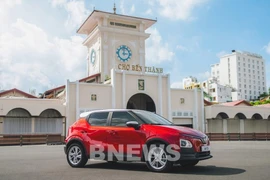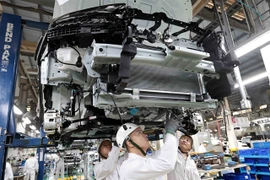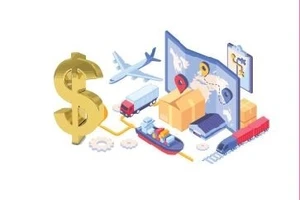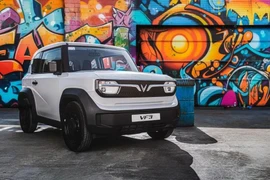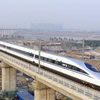Hanoi (VNA) – A total of 18,893 cars were sold in Vietnam in January, a drop of 40% compared to the previous month, according to a monthly report issued by Vietnam Automobile Manufacturers Association (VAMA) on February 13.
Toyota led all brands in January sales with 3,346, followed by Ford with 2,452; Mazda, 2,031; THACO KIA,1,846; and Honda, 1,826.
Experts attributed a sharp decline in car sales to the Lunar New Year (Tet) holidays, impacting consumers' purchasing power. Consumers tend to wait for new models and releases at this time of year, contributing to lower sales during this period.
The report shows that January sales fell significantly with passenger car sales dropping 42% month-on-month to 14,201 units, commercial vehicles decreased 33% to 4,354 units and specialised vehicles down 40% to 338 units.
According to VAMA, sales of domestically-assembled vehicles reached 9,120 units, down 29% compared to the previous month, and that of imported ones stood at 9,773, dropped 48% against the previous month.
Notably, 904 hybrid cars sold in the month, an increase of 57% over the same period last year, showing the increasing demand for environmentally friendly cars.
Experts predict that with the current developments, the Vietnamese automobile market may recover from the second quarter of this year when manufacturers continue to introduce stimulus policies, along with support from the Government in further encouraging the development of green vehicles./.

See more

Hau Giang, JICA to upgrade national highway
National Highway 61C linking Can Tho city with Hau Giang province will feature four lanes for motor vehicles and two for non-motorized traffic, with an estimated cost of over 5.17 trillion VND (206.8 million USD).

RoK - key partner in Binh Duong’s economic development strategy
Chairman of the provincial People’s Committee Vo Van Minh said that the RoK currently ranks 5th among 65 countries and territories investing in Binh Duong, with 776 projects and total investment amounting to 3.45 billion USD.
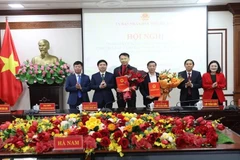
Ha Nam grants investment certificates for two key projects
Ha Nam province on February 13 licenced the high-precision circuit board manufacturing plant of Red Board Technology (Vietnam) Co., Ltd., and the kitchenware and related metal products manufacturing plant of Casla Kitchenware JSC.

Hanoi's masterplan aims to digitalise, develop traditional craft villages
The plan seeks to preserve traditional cultural values while fostering the growth of new craft industries. It also aims to review and classify craft villages to determine which should be maintained or transitioned to other trades.

VinFast launches VF 3 SUV, offers free EV charging in Indonesia
VinFast on February 13 introduced its VF 3 mini-SUV, along with a free charging policy for EV users at VinFast-operated V-GREEN stations across Indonesia.
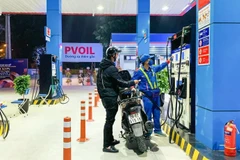
Retail fuel prices in latest adjustment
According to the new pricing, E5 RON92 bio-fuel is now priced at 20,598 VND per litre, up 156 VND, while RON95-III costs 21,074 VND per litre, an increase of 146 VND.

NA weighs new policies to boost science, technology, innovation
The resolution, presented at the February 13 session of the NA Standing Committee, seeks to establish a legal framework that would effectively boost national scientific-technological advancement and digital transformation, making them driving forces for socio-economic development to deliver on the dual targets by 2030 and 2045 as outlined at the 13th National Party Congress.
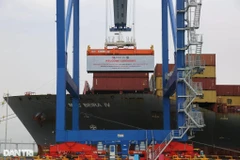
Dong Nai’s largest seaport welcomes first vessel
The MSC vessel’s arrival at Phuoc An marks the start of a new flow of goods in Dong Nai province.

ATIGA upgrade to open up opportunities for Vietnamese exports to Halal market
Ngo Xuan Nam, Vietnam SPS Office Deputy Director, stated that the upgraded SPS chapter promises smoother, more transparent exports of agricultural products within the bloc and helps minimise unnecessary risks.
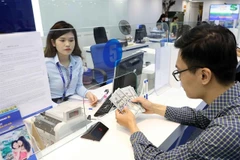
Vietnam’s stock market looks to strong 2025, led by banks
Recent financial disclosures from over 900 listed enterprises reveal a 20.9% year-on-year growth in profits after tax for the fourth quarter (Q4) of 2024.
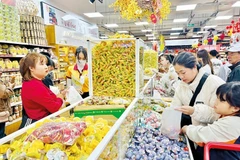
Fiscal, monetary policies support demand stimulation, price stabilisation
These efforts, in conjunction with the implementation of monetary policies and other macroeconomic policies, aim to solve difficulties for businesses and the public, stabilise the macroeconomy, control inflation, ensure the balance of the economy, promote economic growth, and secure social welfare and people's livelihoods.

Vietnam looks to boost trade connections at Southeast Asia business forum
In his opening remarks at the event, Deputy Minister of Information and Communications Bui Hoang Phuong called on French corporations and enterprises to further invest in Vietnam in particular and ASEAN in general.

Vietnam riding wave of data centre investments
Vietnamese tech companies are expanding their data centres' capacity while international giants are also entering the market, with planned investments worth billions of USD.
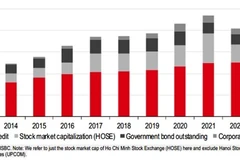
HSBC highlights Vietnamese capital market’s potential
HSBC Global Research's latest report has stressed the country's potential upgrade this year to emerging market status.
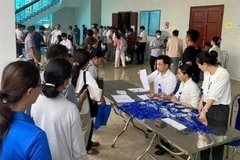
Affordable housing for young buyers a win-win: HoREA
Most young people are ambitious and have a long career path ahead of them to generate income and repay loans. Typically, within 10-15 years, their earnings will double or triple, making such loans low-risk for banks, said HoREA
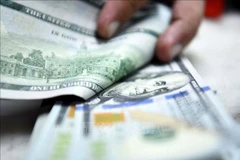
Reference exchange rate continues upward trend on February 13
With the current trading band of +/- 5%, the ceiling rate applicable for commercial banks during the day is 25,801 VND/USD and the floor rate 23,343 VND/USD.

Vietnamese businesses get updates on India's investment policies
India's new policies present a significant opportunity for Vietnamese businesses to invest, cooperate, and expand operations in this market.
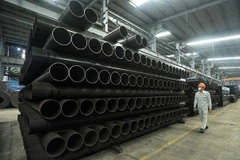
Malaysia launches anti-dumping probe into galvanised sheets from Vietnam
Malaysia has initiated an anti-dumping investigation into galvanised iron coils/sheets or galvanised steel coils/sheets originating or imported from Vietnam.

Coffee prices hit record highs, heightening speculation risks
The price hike is largely driven by tightening Arabica supply from Brazil—the world’s largest producer—as the country’s harvest season concludes. Meanwhile, farmers are holding back stock, anticipating further price increases.
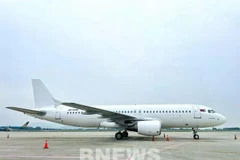
Bamboo Airways leads in on-time performance during Tet
The average on-time performance (OTP) across Vietnam’s aviation industry in January 2025 stood at 60%, down 7.7 percentage points from February 2024, when the previous Tet was observed.
